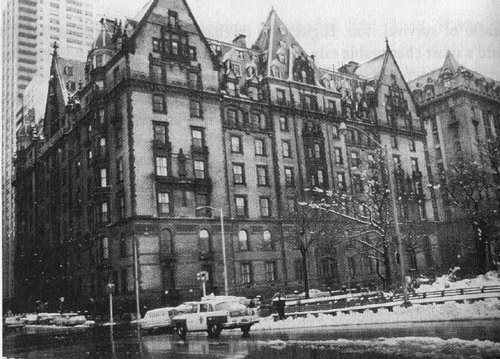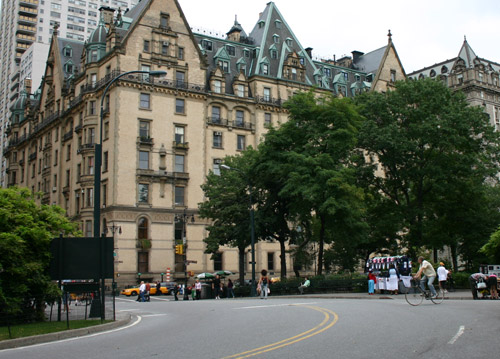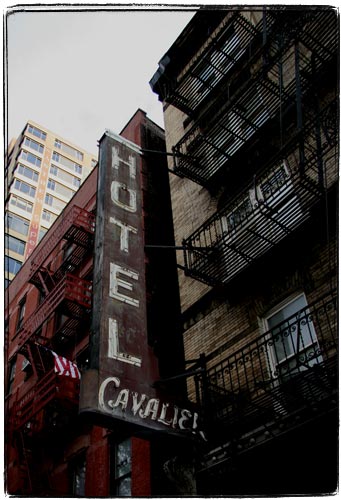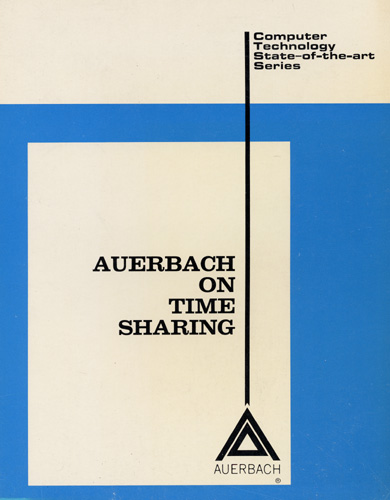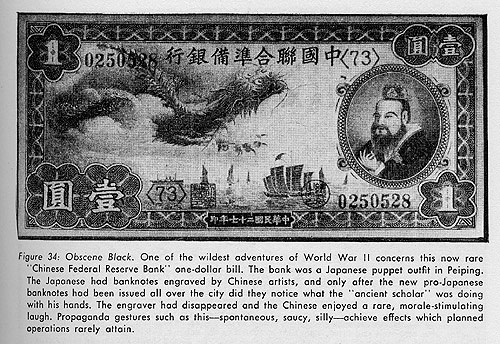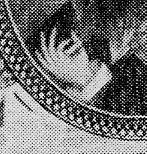Setting Wright’s book aside, I went on to read Jack Finney’s “Time And Again” which was up next. I’ve read it in Russian translation many years ago, but understood very little of what makes it so very special a book. My mom seemed to appreciate it better back then, because it remains the only science fiction book that she ever liked. This time, in English and after a quarter of my lifetime spent in New York, the book truly resonated.
“Time And Again” is a time travel story, with a novel and decidedly low tech approach. The idea is that the past really exists, but we do not slip back into it because our minds are tethered to the present by a web of knowledge that is increasingly time specific: computer is a machine, not a person; Microsoft is a giant corporation,not a tiny little startup; Altavista is forgotten, Google is the best search engine; webpages are out, blogs are in; I just opened Semagic to write this post, I just typed this sentence. We are constantly reminded of when we are: our computers hum, there are airplanes flying overhead, if we look out of the window there are cars parked outside. We call them cars, not automobiles most of the time.
To travel back you need to find a places that exists both in the present and in the past unchanged, potential portals. If have certain talents, go to such a place, dress in the style of the past, eat what people used to eat then, become saturated with the lingering atmosphere of the past. And then, trough self hypnosis, make yourself temporarily forget about modern things – and back you go, into the past.
In the book, a government secret project taps a talented, but loosely and dissatisfied illustrator Si Morley who successfully uses an empty apartment in the Dakota Building near Central Park to travel back to the Eighties. The Eighteen Eighties.
Just like Jack Finney is better known for “Invasion of The Body Snatchers“, the Dakota is better known as the building where John Lennon lived and inf front of which he was killed. It’s a monster of a building with 14 ft ceilings, very thick walls and giant apartments. From the top floors all you can see is Central Park, a place that is kept true to Frederick Law Olmsted’s master plan as much as possible. In short – a time portal.
What I especially love about the book is the fact that it is very well illustrated with photographs and drawings which are presented by the protagonist in line with the narration. Why in this age of computer augmented publishing so few other books show photographs next to the text that describes them is beyond me.
Here’s Si Morley’s photo of the Dakota side to side with my version:
